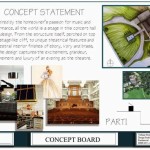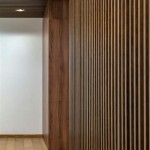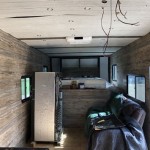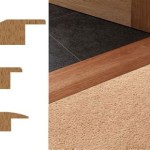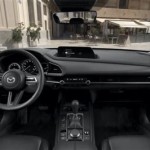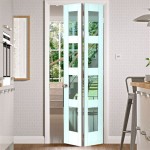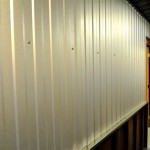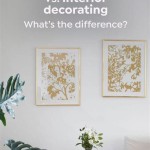Essential Aspects of Words To Describe Interior Decoration
Interior decoration encompasses the art of enhancing the aesthetics and functionality of interior spaces. To effectively describe the intricate details and nuances of interior design, a comprehensive vocabulary is essential. This article explores the essential aspects of words used to describe interior decoration, providing a foundation for accurate and evocative communication in this field.
Color and Texture
Color and texture play a pivotal role in creating the ambiance and mood of an interior space. Color can evoke emotions, create optical illusions, and establish a sense of balance or harmony. Texture adds depth, interest, and tactile qualities to surfaces, contributing to the overall sensory experience.
Essential words to describe color include: hue (the pure color), saturation (the intensity of the color), and value (the lightness or darkness of the color). For texture, key terms include: smooth, rough, soft, hard, and grainy.
Style and Theme
Interior design styles encompass a wide range of aesthetics, from traditional to contemporary. Each style has its own distinct characteristics, such as furniture design, color palettes, and decorative elements. Identifying the appropriate style for a particular space is crucial to achieving a cohesive and harmonious design.
Common interior design styles include: traditional, contemporary, modern, industrial, rustic, and Scandinavian. Each style conveys its own unique personality and atmosphere.
Furniture and Furnishings
Furniture and furnishings are the essential building blocks of interior decoration. They serve both functional and aesthetic purposes, providing comfort, storage, and style. Understanding the different types of furniture, their styles, and their materials is essential for effective space planning and design.
Key terms related to furniture include: sofa, chair, table, bed, dresser, and armoire. For materials, common terms include: wood, metal, fabric, leather, and glass.
Lighting and Ambiance
Lighting plays a transformative role in interior decoration, enhancing the overall ambiance and functionality of a space. Different types of lighting, such as natural light, artificial light, and accent light, can create various effects and moods.
Essential terms related to lighting include: natural light, artificial light, ambient light, task light, and accent light. Understanding the interplay of these lighting types is crucial for creating a balanced and inviting atmosphere.
Accessories and Decor
Accessories and decor add character and personality to an interior space. They can include artwork, textiles, plants, decorative objects, and other items that complement the overall design scheme. Accessories can enhance the style, mood, and functionality of a space.
Key terms related to accessories include: artwork, textiles, plants, decorative objects, and accent pieces. Understanding how to select and arrange accessories is essential for creating a well-rounded and visually appealing interior.
Conclusion
Mastering the vocabulary used to describe interior decoration empowers individuals to communicate effectively about this multifaceted field. By understanding the essential aspects of color, texture, style, furniture, lighting, and accessories, one can convey precise and evocative descriptions that capture the essence of interior designs. This knowledge is invaluable for interior designers, architects, homeowners, and anyone involved in the creation of beautiful and functional interior spaces.

Top Interior Design Terms To Know Dictionary

Interior Design Word Cloud Concept Stock Ilration Adobe

101 Most Commonly Used Interior Designs Terminology

Design Styles Defined Putting Your Style Into Words Rebecca Ward

Resume Skills For Interior Design Consultant Templates Updated 2024

Resume Skills For Interior Designer Templates Updated 2024

Top Interior Design Terms To Know Dictionary

Descriptive Words For People Personality Writing Kids Positive Food

Spg Interior Design Promise

Marsala Pantone 2024 Color Of The Year In Interior Design
Related Posts

